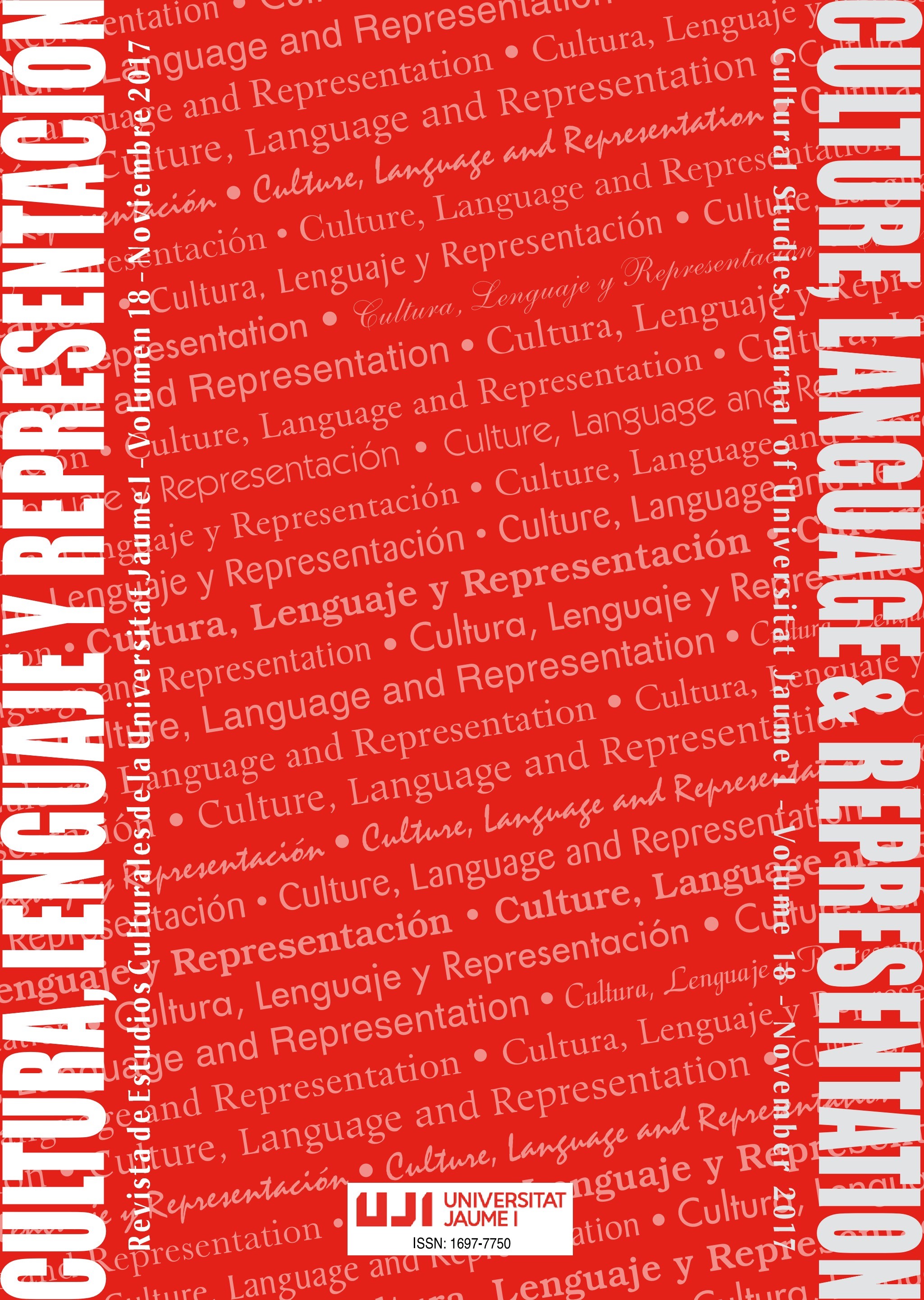Mecanismos de descortesía en la tertulia periodística de tema político
Contenido principal del artículo
Resumen
Este artículo presenta las conclusiones de una investigación global acerca del funcionamiento de la descortesía verbal en la tertulia periodística española de tema político, emitida a través de la radio y la televisión. Específicamente, además de constatar que el tema político no constituye un obstáculo para la aparición de actos verbales descorteses, pretendemos observar la incidencia que factores como el medio, el sexo o el rol del hablante poseen en el empleo de la descortesía verbal. El análisis del corpus, compuesto por un conjunto de transcripciones que alcanza las veinticuatro horas de grabación, nos ha permitido constatar la presencia de los tres tipos de actos de habla descorteses característicos de las tertulias, tales como la interrupción, la expresión de desacuerdo y la descalificación. En lo relativo a las diferencias según el rol y el sexo del hablante, el estudio concluye que, por una parte, los tertulianos producen, como era de esperar, más actos verbales descorteses que los moderadores y, por otra, que los resultados obtenidos por las tertulianas en lo relativo al uso de descortesía supera, en los casos de la interrupción y la disensión, a los producidos por los tertulianos masculinos.
This article presents the main results obtained from a global research about the impoliteness used in the Spanish political talk show, broadcasted in Radio and TV. Specifically, our purpose was to confirm that the political topic of the interaction does not avoid the use of verbal impoliteness, and to analyse the effect of parameters such as the speaker’s gender or role in this phenomenon. By studying the corpus (formed by a set of transcriptions of 24 hours of recordings), three verbal impoliteness strategies (interruptions, disagreements and insults) have been delimited and characterised. According to the influence of the speaker’s gender and role, the study concludes: commentators employ verbal impoliteness more frequently than moderators, and, generally speaking, female journalists utilise interruptions and dissensions more often than their male colleagues.
Descargas
Detalles del artículo
Se utiliza una licencia de derechos de autor CREATIVE COMMONS de acceso abierto.
Aquellos autores/as cuyos trabajos sean publicados por esta revista esta revista, aceptan los términos siguientes:
Concretamente mediante las siguientes acciones:
- - Los autores/as conservarán sus derechos de autor y garantizarán a la revista el derecho de primera publicación de su obra, el cuál estará simultáneamente sujeto a la Licencia de reconocimiento de Creative Commons CC BY SA que permite a terceros compartir la obra siempre que se indique su autor y su primera publicación esta revista.
- - Cumplimiento de un porcentaje mínimo del 40% de mujeres como revisoras de los trabajos enviados a la revista.
- - Los autores/as conservarán sus derechos de autor y garantizarán a la revista el derecho de primera publicación de su obra, el cuál estará simultáneamente sujeto a la Licencia de reconocimiento de Creative Commons CC BY SA que permite a terceros compartir la obra siempre que se indique su autor y su primera publicación esta revista.
- - Los autores/as podrán adoptar otros acuerdos de licencia no exclusiva de distribución de la versión de la obra publicada (p. ej.: depositarla en un archivo telemático institucional o publicarla en un volumen monográfico) siempre que se indique la publicación inicial en esta revista.
- - Se permite y recomienda a los autores/as difundir su obra a través de Internet (p. ej.: en archivos telemáticos institucionales o en su página web) antes y durante el proceso de envío, lo cual puede producir intercambios interesantes y aumentar las citas de la obra publicada.


